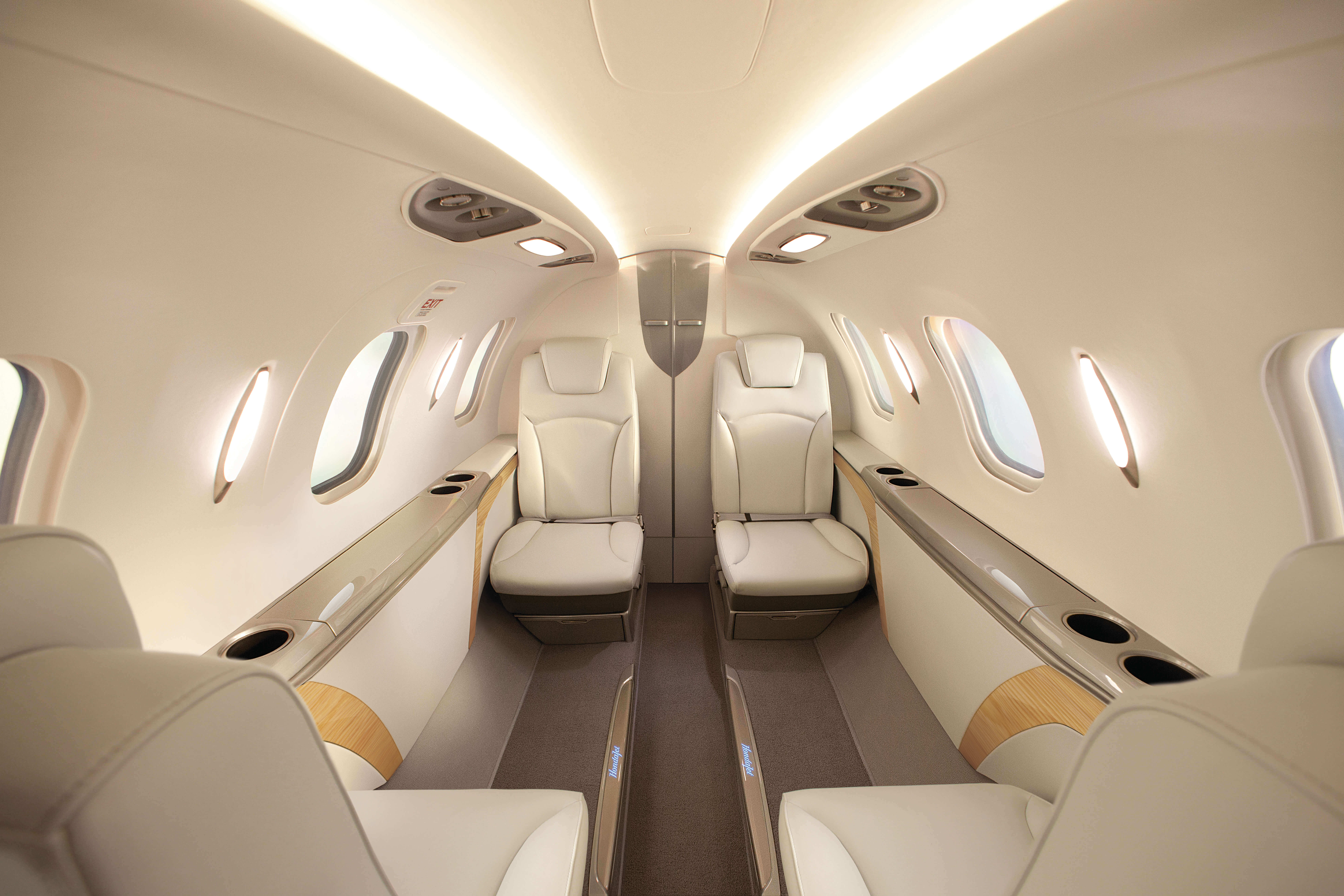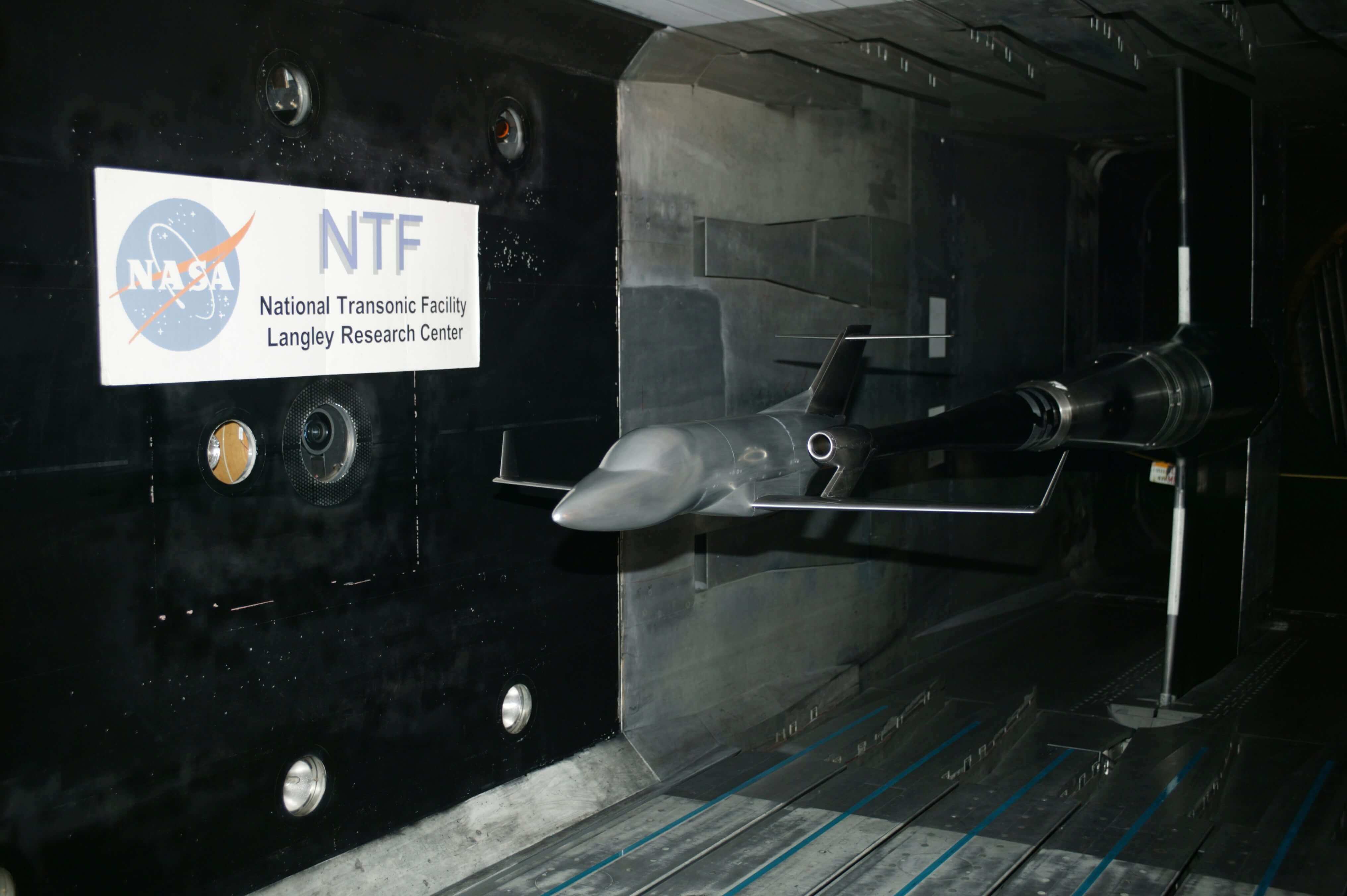



To test a cutting-edge, over-the-wing engine mount design, a business jet manufacturer turned to NASA. The agency’s National Transonic Facility is a high-pressure wind tunnel that uses super-cold nitrogen gas to duplicate true flight aerodynamics for model aircraft. The unique facility helped validate the design, and the quiet, low-cost, fuel-efficient jet is now flown worldwide.
It's hard to fit a jumbo jet inside a wind tunnel, so most testing is done with a smaller scale model. But to recreate the aerodynamics, the air needs to shrink down too. Engineers can do this by pressurizing and super-cooling the air, essentially shoving the air molecules closer together in proportion to the airplane model. In the 1980s, NASA built the National Transonic Facility, the first wind tunnel that could do both. Today, there are still only two like it. NASA uses it to test advanced aircraft design ideas, like innovative new wing concepts, as well as to validate how well computer models predict real-life results.
Learn more about how NASA helped develop technology that impacts business jets within your city's air travel environment!